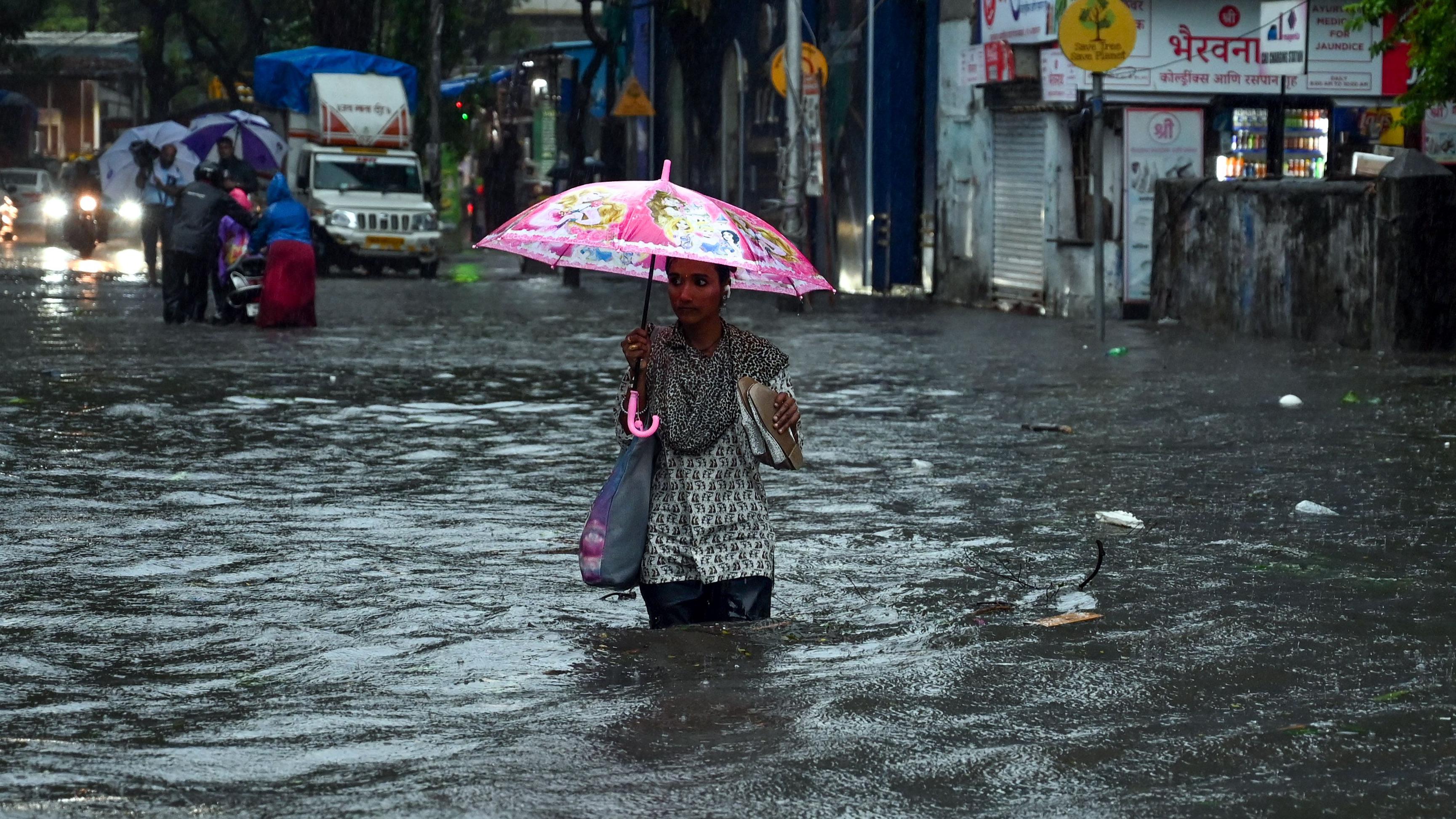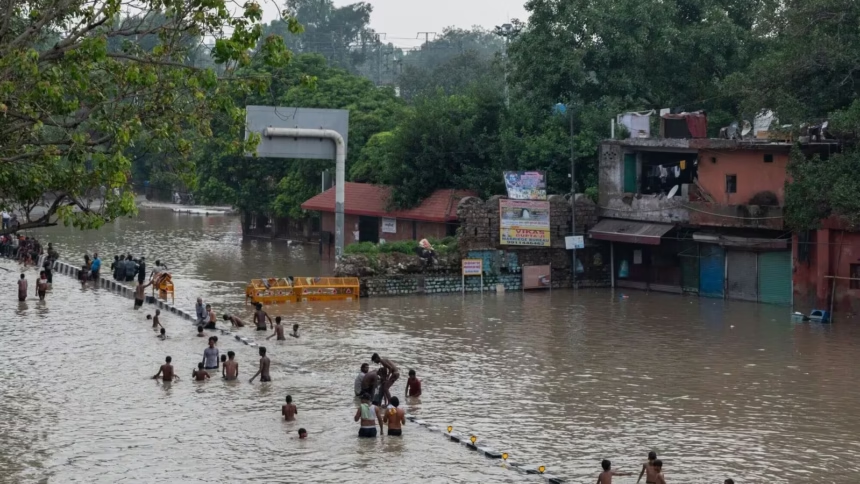Introduction
Monsoon floods in India’s major cities, such as Mumbai, Delhi, and Bengaluru, wreak havoc almost every year. Despite the monsoon rains being vital for agriculture and water supply, their impact on urban life is devastating. Roads become rivers, transport grinds to a halt, and thousands face property damage and displacement. Why do these floods persist, and what can be done to prevent such annual urban chaos? This blog explores the root causes of monsoon flooding in India and potential solutions to build resilient cities for the future.
Why Do Monsoon Floods Hit India’s Cities Hard?
The primary reasons for the severity of monsoon flooding in Indian urban areas include rapid unplanned urbanization, outdated drainage infrastructure, environmental degradation, and the growing effects of climate change.
1. Rapid and Unplanned Urban Growth

India’s cities have expanded faster than the development of supporting infrastructure. According to urban planner Dikshu Kukreja, many drainage and water management systems were designed decades ago and are now overwhelmed by increasing population and construction.
For example, Bengaluru’s natural network of lakes and valleys once acted as flood buffers. However, many of these water bodies have been encroached upon or converted into residential and commercial projects, drastically reducing their capacity to absorb rainwater.
2. Environmental Neglect
Mumbai’s low-lying geography and proximity to the sea make it naturally vulnerable to flooding. However, human actions like cutting down mangroves—natural barriers against floods—and building on floodplains worsen the problem. The Brihanmumbai Municipal Corporation (BMC) acknowledges that rubbish and construction debris clog drains, causing waterlogging during heavy rains.
3. Outdated Infrastructure
Cities like Delhi face recurring issues like the flooding of the Minto Bridge during monsoons, highlighting weak urban drainage systems. The infrastructure simply can’t cope with the volume of water during extreme weather events, causing transport paralysis and property damage monsoon floods in India.
4. Climate Change and Erratic Weather
Climate experts report that changes in weather patterns have made monsoon rains more unpredictable and intense. Unseasonal rains, flash floods, and extreme heat increase the risk of flooding and add to the strain on cities already struggling with infrastructure limitations monsoon floods in India.

Impact of Monsoon Floods on Urban Life
- Transportation Disruption: Flooded roads cause traffic jams and halt public transport.
- Property Damage: Waterlogging damages homes and businesses, especially in poorer areas.
- Health Risks: Standing water increases the risk of waterborne diseases.
- Economic Losses: Flooding affects livelihoods and costs millions in recovery efforts.
Steps Towards Sustainable Solutions
Experts emphasize that addressing India’s monsoon flood crisis requires a multi-faceted approach involving technology, governance, and community participation.
1. Modernizing Drainage and Infrastructure
Investment in upgrading drainage systems and regular maintenance is crucial. Smart sensors and real-time water-level monitoring can help manage flood risks proactively.
2. Protecting Natural Water Bodies
Preserving lakes, wetlands, and mangroves can restore natural flood defenses. Urban planning must incorporate these ecological buffers rather than allow their destruction.
3. Urban Planning and Enforcement
Strict enforcement of building codes and land-use regulations can prevent construction in flood-prone zones. City planning should include flood risk assessments based on geography and climate data.
4. Community Engagement and Disaster Preparedness
Awareness programs and local involvement in disaster response can reduce flood impacts. Predictive alerts and evacuation plans should be communicated effectively.
Conclusion
Monsoon floods in India’s cities are a recurring challenge caused by rapid urbanization, weak infrastructure, environmental degradation, and climate change. While the problem is complex, integrating modern technology with sustainable urban planning and stronger governance offers hope for more resilient cities. Addressing these issues proactively can protect millions of lives and livelihoods during the monsoon season.
For more insights on urban infrastructure challenges in India, visit our detailed article. Stay informed and be prepared for the next monsoon season.









